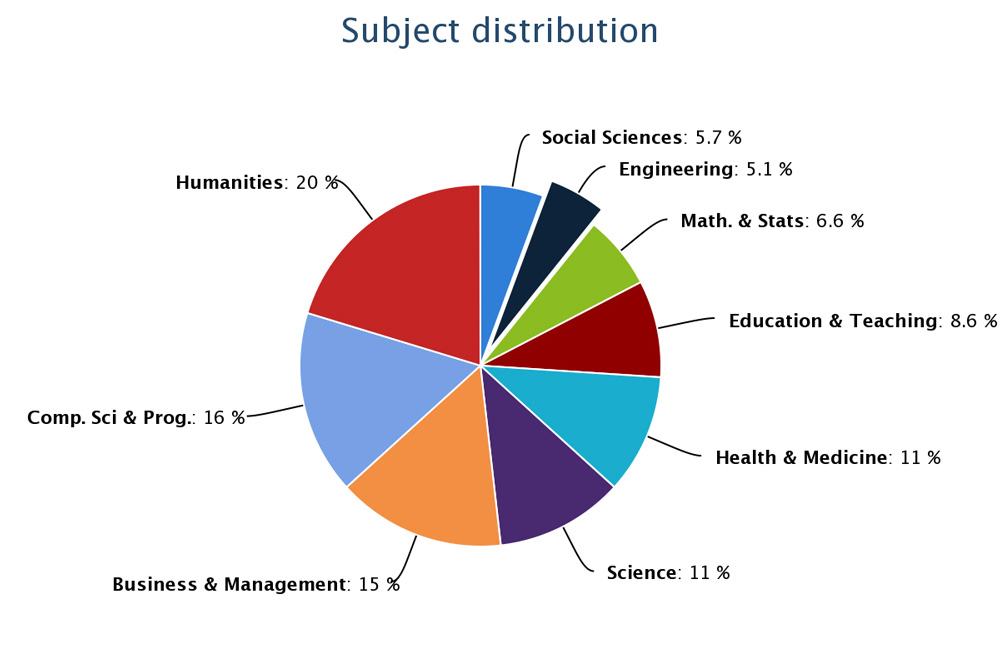
Photo Credit: iStock.com/Artist's Marrio31
Education is getting surreptitiously expensive, and has been for a long time. Many aspiring students are unable to complete their studies because of the prohibitive costs associated with it. The notebooks, the transport costs and of course, the tuition fee involved – all of these factors can burden a household that is trying to make ends meet. The existing academic culture is geared towards those with the means and the moolah, perpetuating a dysfunctional social structure of haves and have-nots. Sure there are scholarships and all, but what about the average person who wants to make it big in the world through sheer hard work? The one that can’t get straight A’s or isn’t a sports prodigy? Not all people want to spend the rest of their lives paying off their college loan.
And then, in 2011, massive open online courses (MOOCs for short) made a huge splash on the scene. These online courses came as a breath of fresh air, offering millions of folks the hope that a disruptive academic revolution was in the offing. Traditional higher learning was in for a rethink, thanks to MOOCs with their expanded accessibility and reduced costs.
Fancy taking a class from an elite university? And that too for free?
That’s the promise behind these massive open online courses. These courses are offered online, boasting an enrollment rate of hundreds of thousands of students in theory. Anyone with an internet connection and a PC (even a mobile device) can view lectures, download course materials, submit their assignments from thousands of miles away.
Students can register without any monetary considerations. They can enroll in diverse courses or even create online courses, choosing as many as they like to expand their academic scope. In fact, these courses can be learned free from any interruption from the comfort of our homes or libraries. They are a good alternative if socio-economic issues such as racial discrimination persist in educational institutions.

Spoilt for Choice – What are the most popular subjects people are choosing on MOOCs in 2013
These courses can be taken in chunks, at the student’s pace and convenience. All this makes MOOCs a full-fledged alternative from traditional models of academic learning. Anyone who is hard-pressed for time can enroll.
MOOCs do hold a better promise for the future. The idea is workable. But that’s where the good news ends.
For starters, massive open online courses were supposed to help out people from rural areas. But as it turns out, the average student who is using a MOOC website like Coursera is a college/university graduate and someone with a full-fledged job. And that’s a problem, a promise unfulfilled.
There are a couple of reasons for this. Internet access is still limited in the world with 60% of the world not connected to the information highway. And then there’s that whole aspect of awareness of MOOCs in developing countries.
60% of global population do not have Internet access – a map of connected devices. pic.twitter.com/aWHFpuA52X
— Vala Afshar (@ValaAfshar) February 28, 2015
MOOCs were supposed to have the biggest impact on the non-graduates. However, a look at some data from Coursera reveals that the website’s users happened to be those with a college degree at least. The only silver lining was that 80 percent of the users surveyed happened to come from diverse nationalities such as China, India, Russia, Brazil, South Africa and Russia.
Students who have enrolled for MOOCs are robbed of the spontaneity and dynamism that a teacher and fellow students bring in the classroom. Sure students can fire up questions online once the lecture concludes in a MOOC, but there’s no debate, no to-and-fro between teachers and students. In short, the whole experience seems rather lacking in the human element.
Udacity, another company that offers MOOCs, has polarized the world on the viability of MOOCs. This is because a MOOC is designed primarily by the aspirations of a lecturer. For example, Sebastian Thrun taught a class on Artificial Intelligence via a MOOC, a course that signed up 160,000 students from 190 countries. This was the very same course he was teaching at Stanford, one that was geared towards 18 year olds, highly motivated and bright individuals to be precise. Many failed that course because it was designed only for a particular subset of students. Those who couldn’t measure up to the Ivy League standard would in no way pass the course.
There’s a school of thought that says that massive open online courses have become a victim of their own hype. But there are some who say that even though MOOCs haven’t dethroned traditional academic models yet, they still offer value for those who wish to make learning work for them. They are now mainstream and enroll as many as 43000 students for a course on average.
Kelvin Stiles is a tech enthusiast and works as a marketing consultant at SurveyCrest – FREE online survey software and publishing tools for academic and business use. He is also an avid blogger and a comic book fanatic.